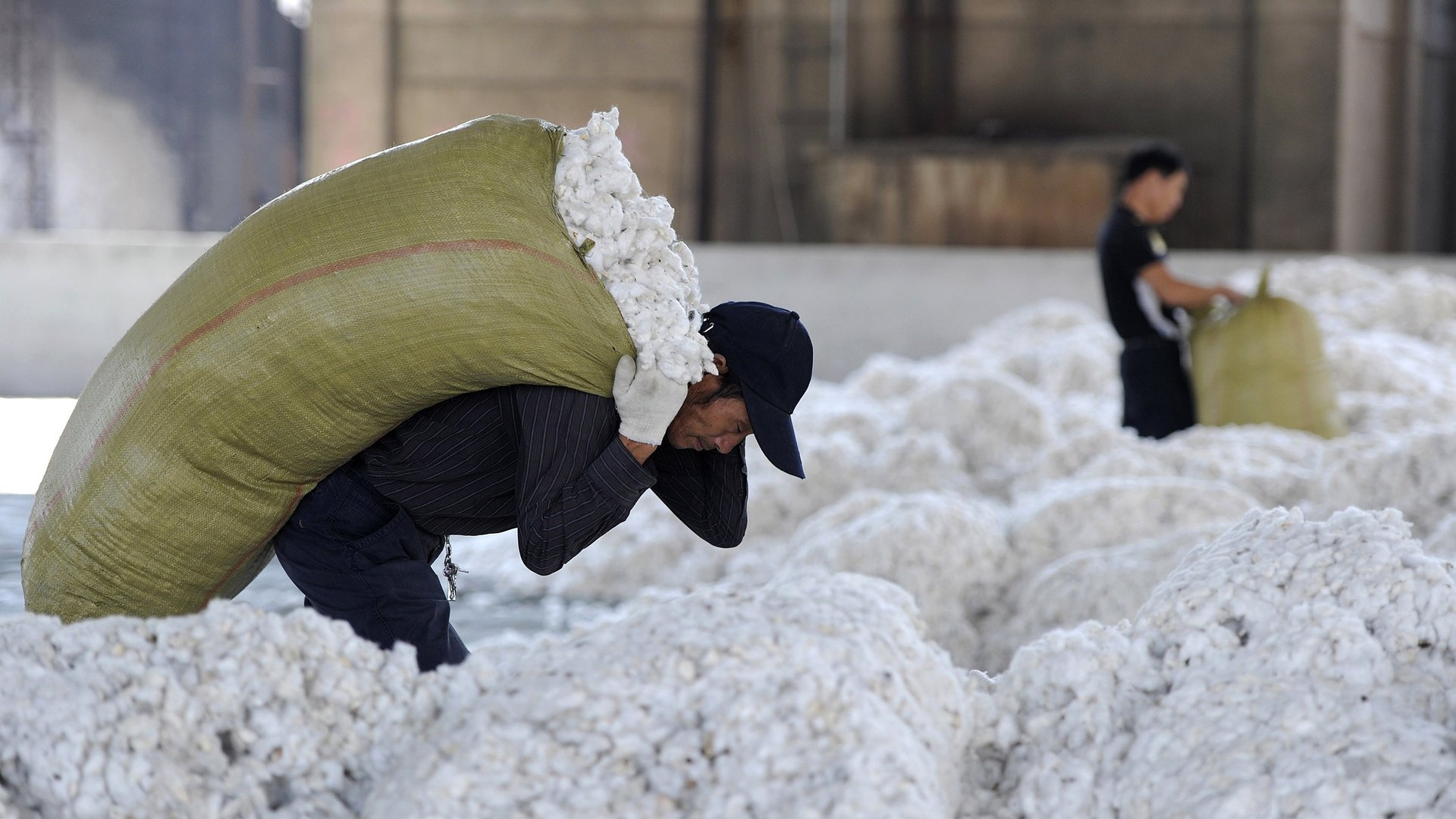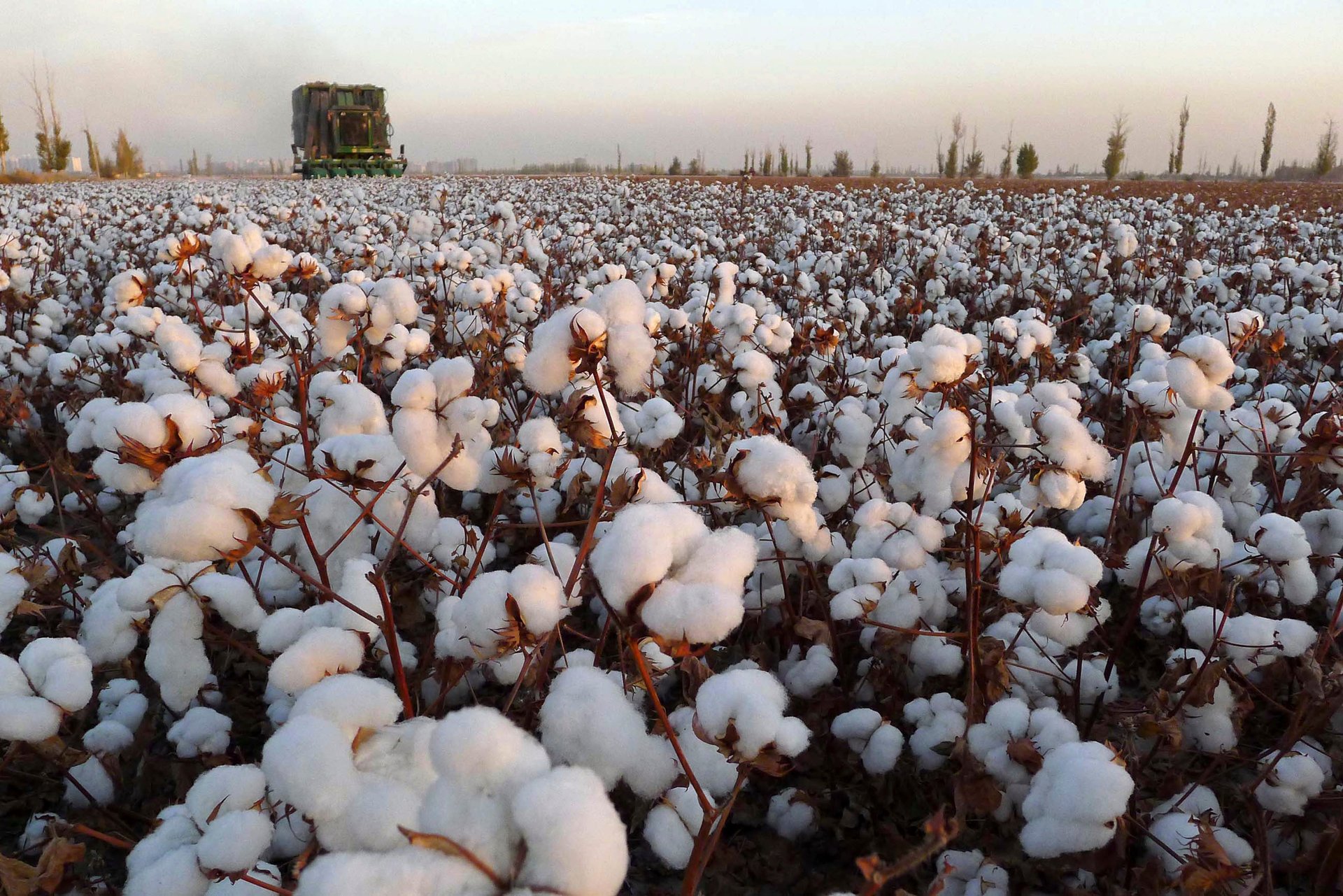Why cotton is so difficult to recycle—and how clothing retailers hope to change that
Cotton is by far the world’s most popular natural fiber, and much of it is used for clothing. No doubt, it would be ideal if all those cotton clothes could simply be recycled into new garments when their time was up. It would keep millions of tons of waste out of landfills, and allow the fashion industry to use far less virgin material, in turn cutting use of water, pesticides, and chemicals for dyeing.


Cotton is by far the world’s most popular natural fiber, and much of it is used for clothing. No doubt, it would be ideal if all those cotton clothes could simply be recycled into new garments when their time was up. It would keep millions of tons of waste out of landfills, and allow the fashion industry to use far less virgin material, in turn cutting use of water, pesticides, and chemicals for dyeing.
Unfortunately, recycling cotton clothes isn’t simple. To create a new piece of clothing from old clothes, the old clothes first have to be chopped up and turned back into raw material. But that chopping-up process tends to lower the cotton’s quality because it shortens the staple length of the fibers. Staple length plays an important role in determining the strength and softness of cotton threads. The longer the staple, the better these characteristics, which is why cotton varieties with extra-long staple lengths, such as supima, are highly valued—and why fashion brands currently find it difficult to use any large amount of recycled cotton in their products.
Levi’s, for example, which recently kicked off a massive clothing recycling program in the US, can only use up to 20% recycled cotton in a garment before the garment no longer meets its quality standards. The company is experimenting with blending recycled fibers with long-staple fibers to solve the problem. But so far nobody has come up with the kind of large-scale solution that could change the whole industry.

The H&M Conscious Foundation, funded by the Persson family—which owns clothing retailer H&M—hopes to surface an answer through its Global Change Award contest. It’s giving out a €1 million ($1.15 million) grant to be shared among five winners with pioneering ideas for “closing the loop”—sustainability speak for recycling used material into something brand new.
The contest isn’t focused on any one way of doing so; a novel technique for recycling cotton is not an explicit priority. ”We want to find new approaches in the whole value chain of the fashion industry, changing the way garments are designed, produced, shipped, bought, used, and recycled,” a spokeswoman for the foundation tells Quartz.
But it’s clear that finding a way to recycle cotton easily, without impairing it, could be the sort of “game changer” the foundation is seeking, and a competition could speed up the process. ”The largest potential lies with finding new technology that means we can recycle fibers with unchanged quality,” she says.
The inherent contradiction is that it’s H&M—a fast-fashion brand that contributes copiously to the paradigm of cheap, disposable clothing—behind the effort. Cotton is the fiber H&M uses most, and so far the massive amount it consumes is a sustainability problem it hasn’t been able to address. “Closing the loop” would let it continue cranking out giant volumes of clothing, just with fewer consequences.
In any case, a $1.15 million grant for five people isn’t huge in the context of the roughly $18 billion (pdf) that H&M did in sales last year. But the planet would benefit from any progress the fashion industry can make on sustainability, especially with regard to recycling cotton.